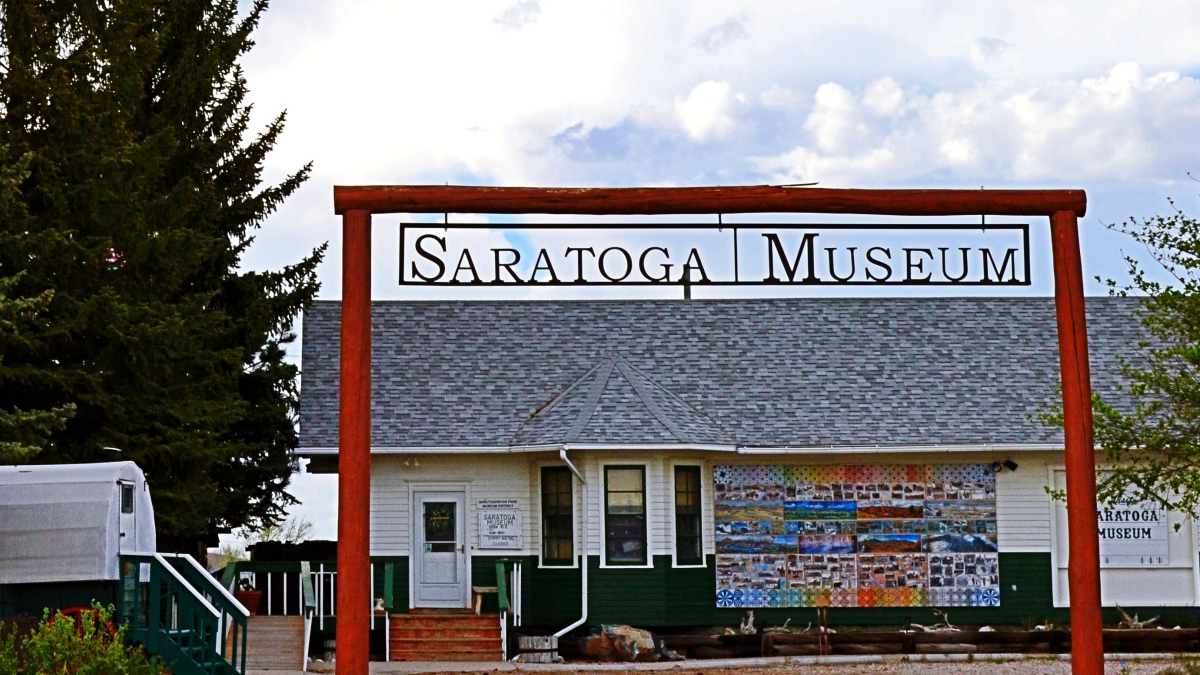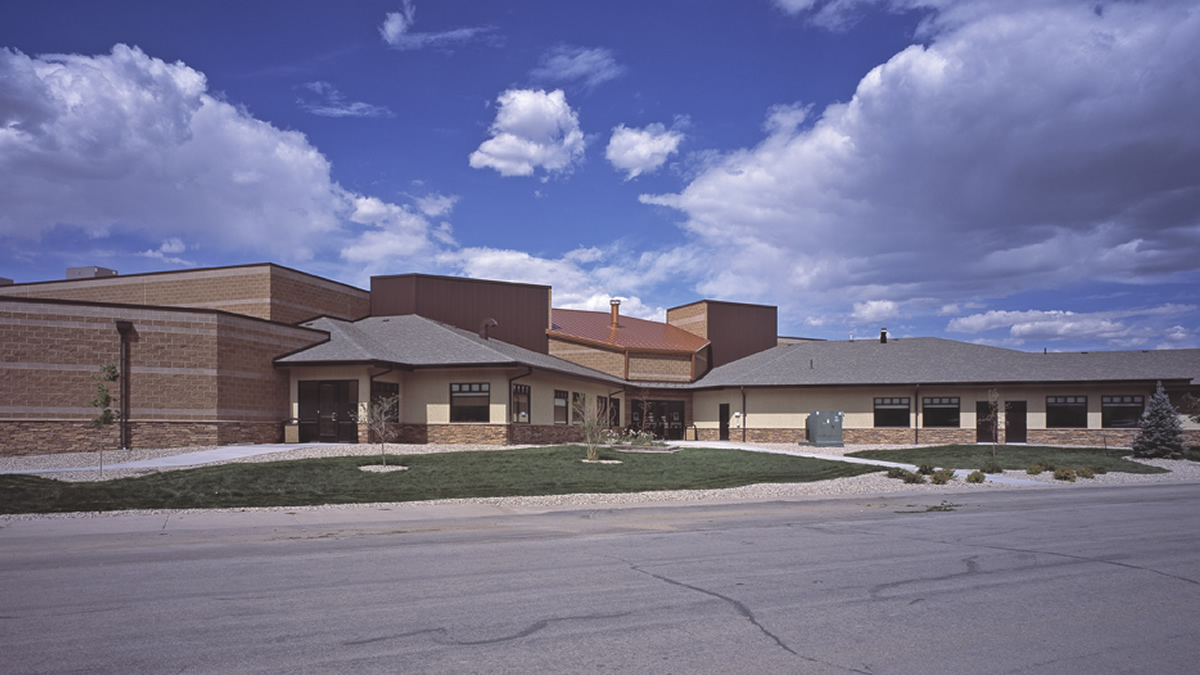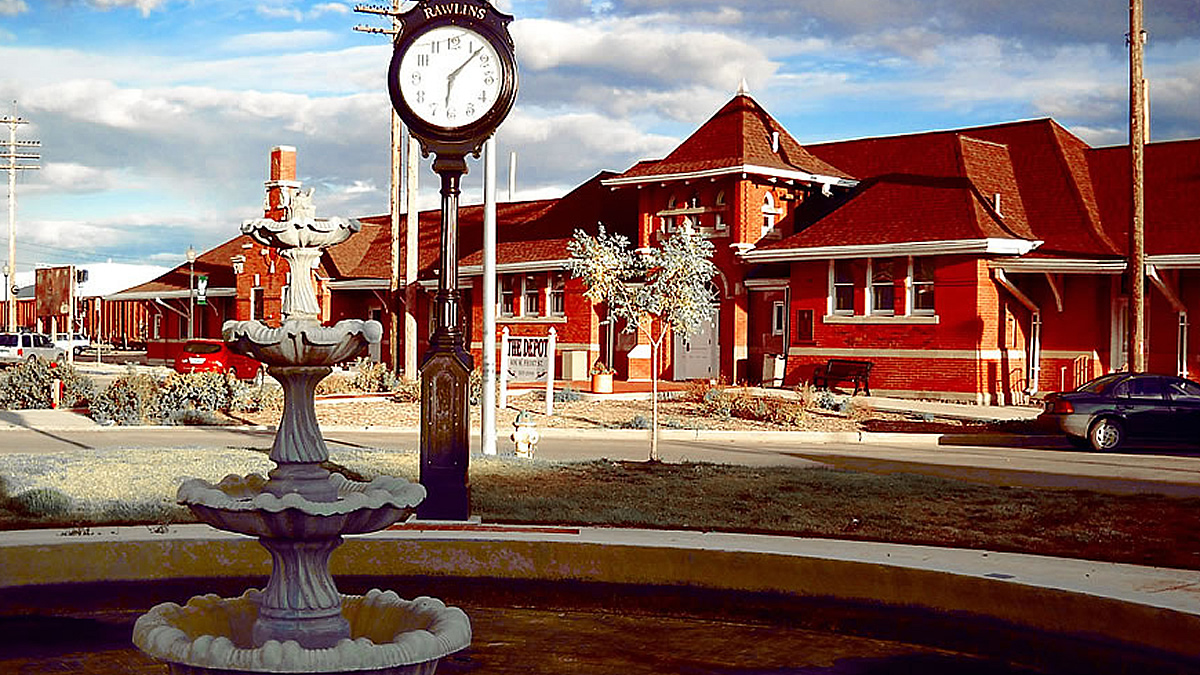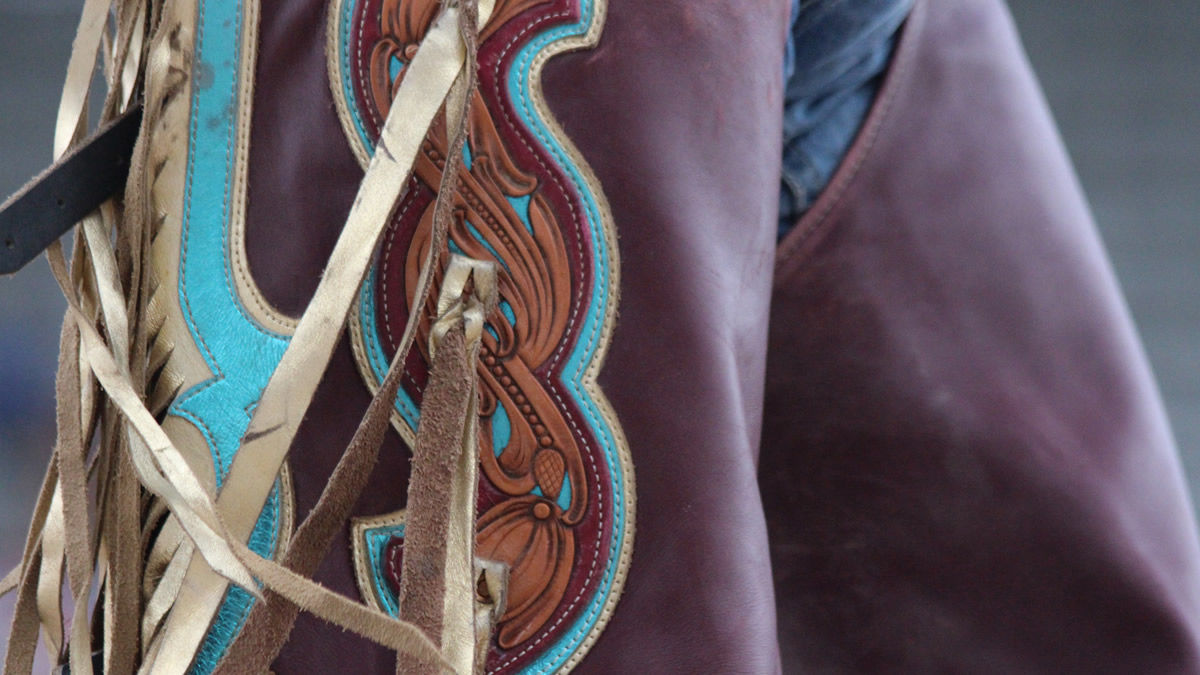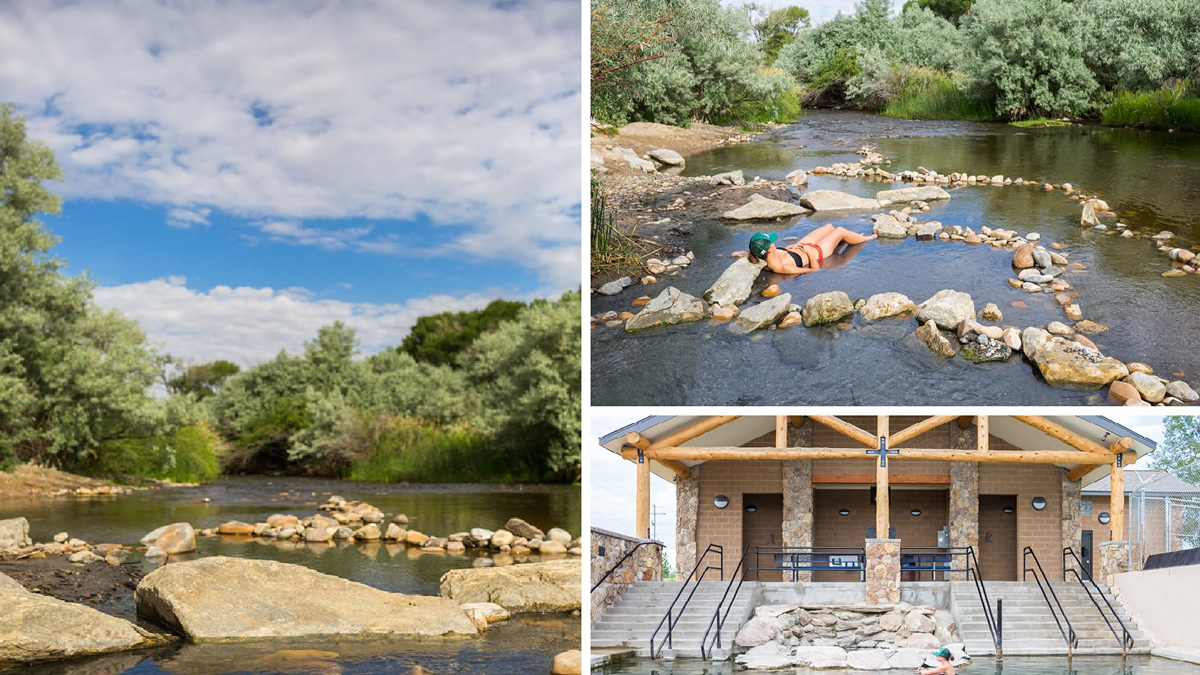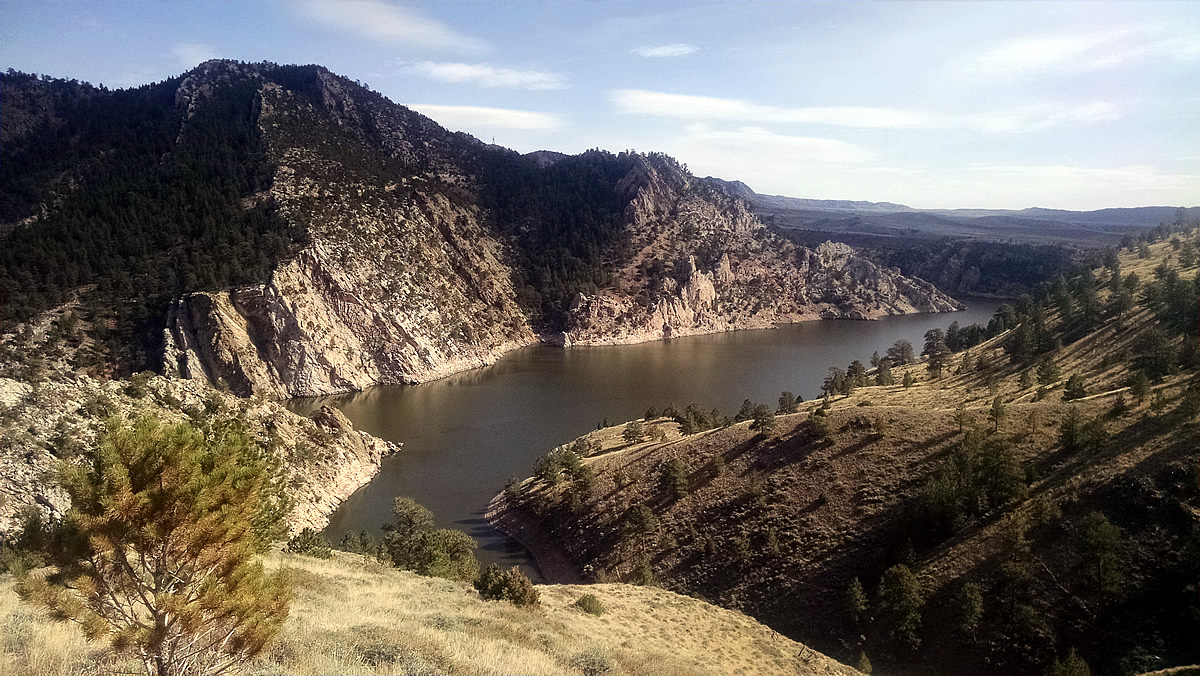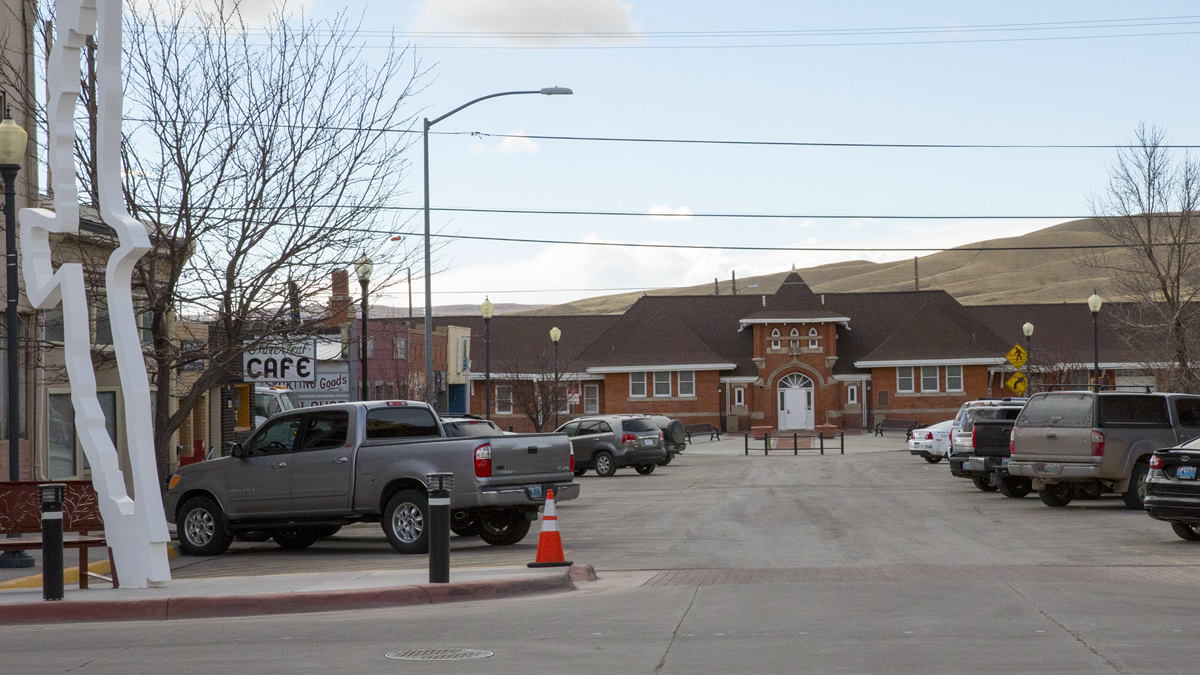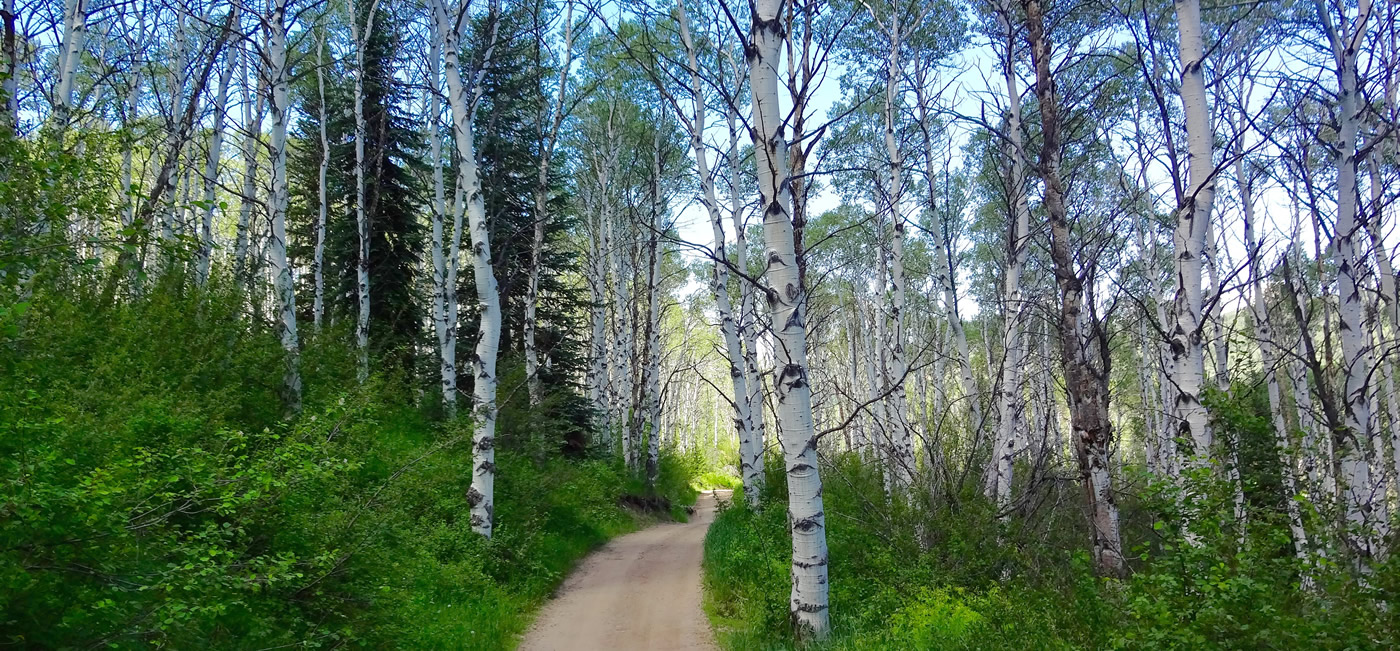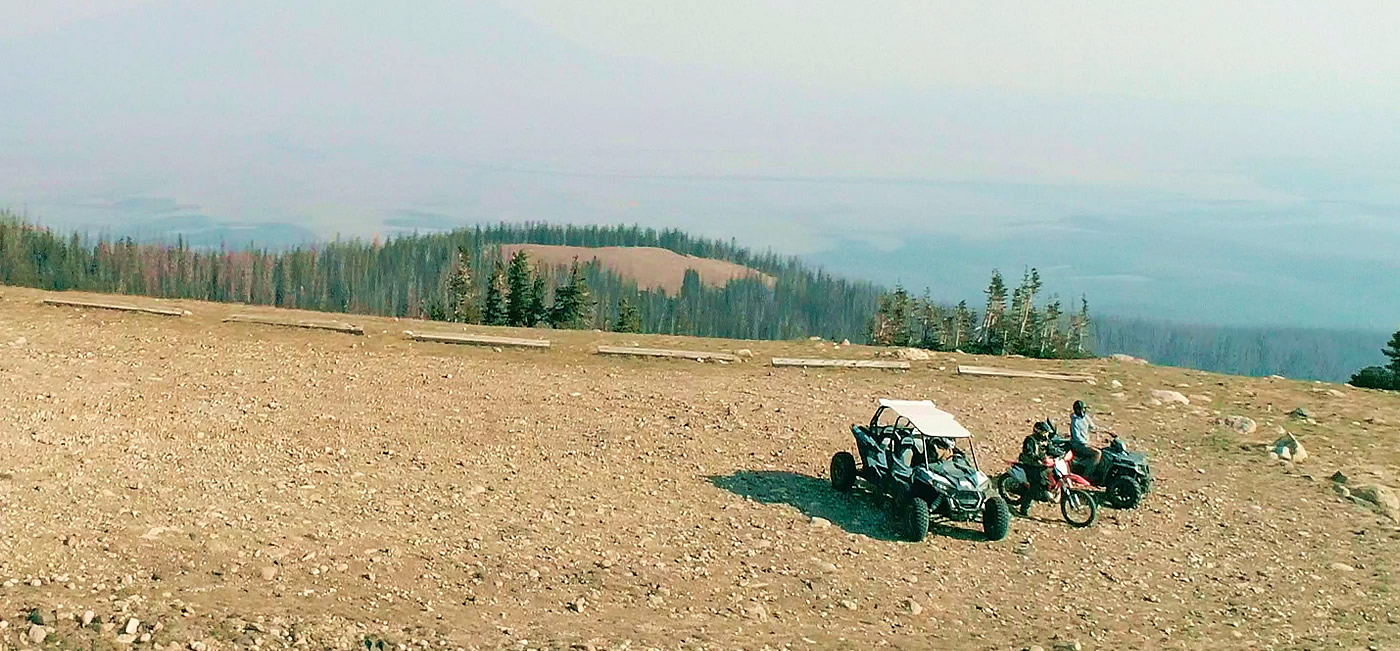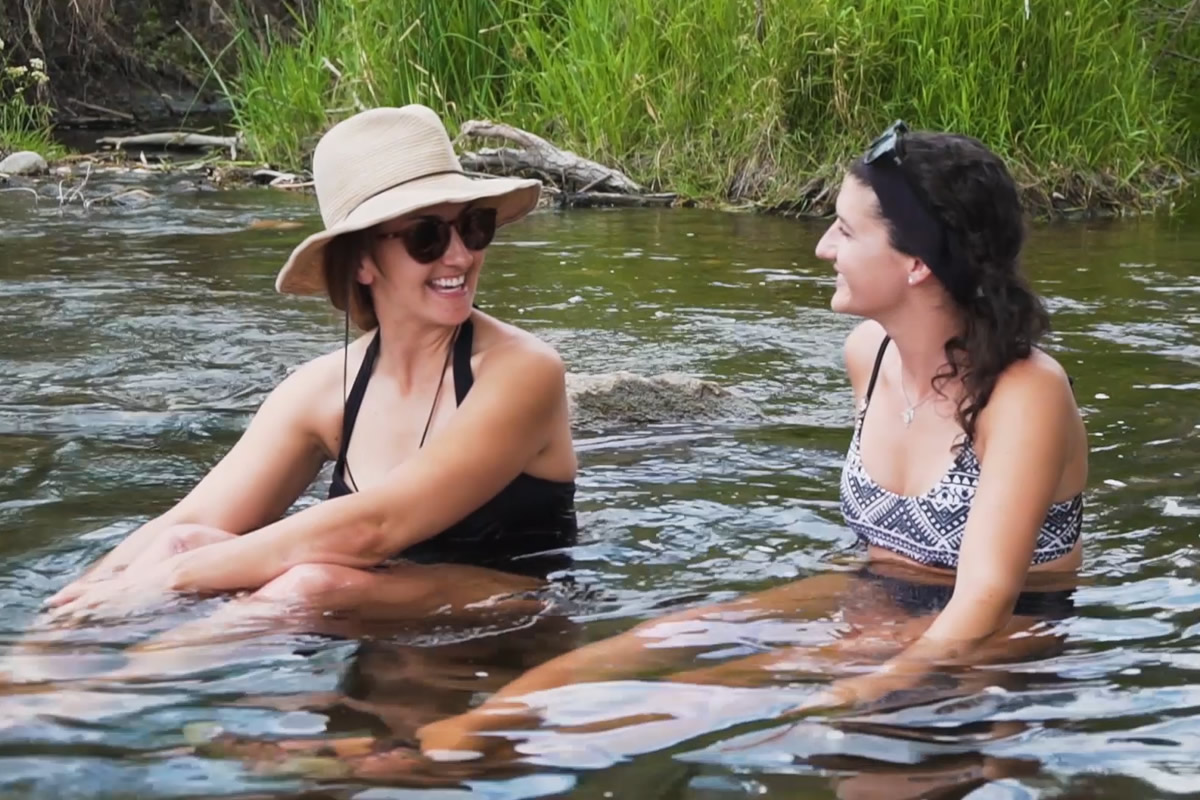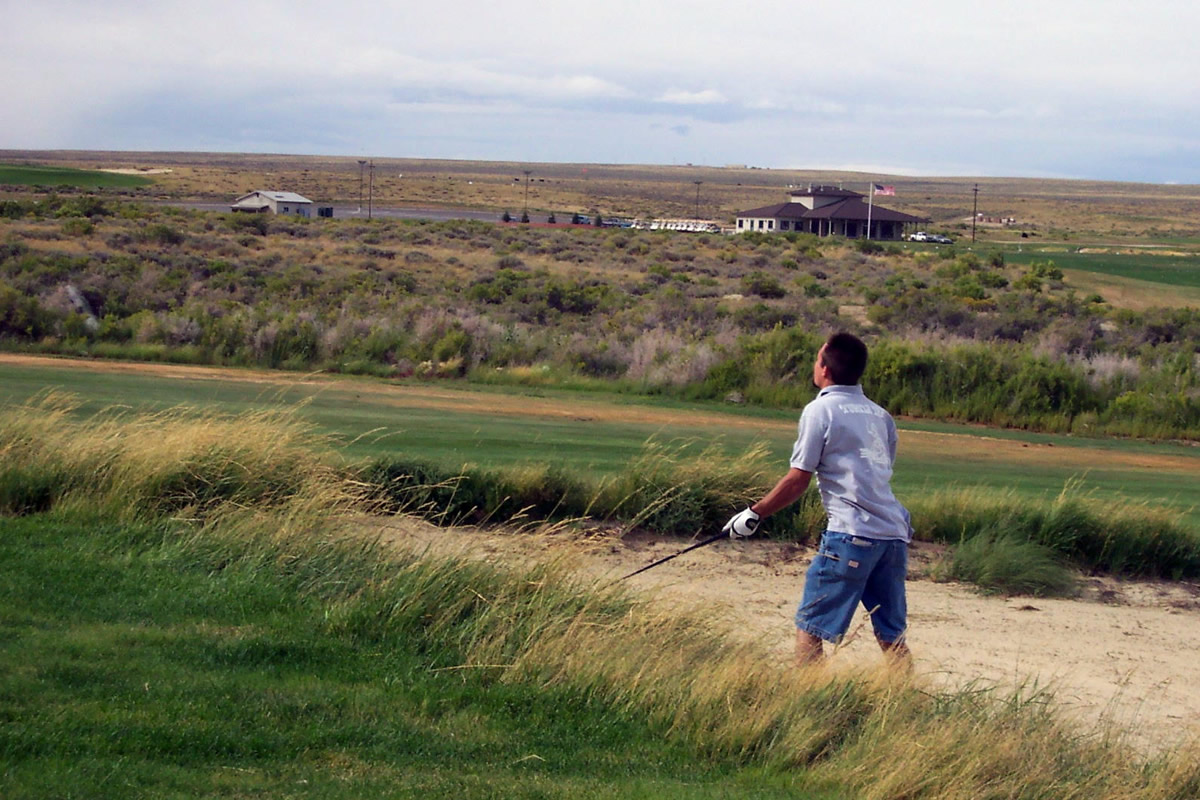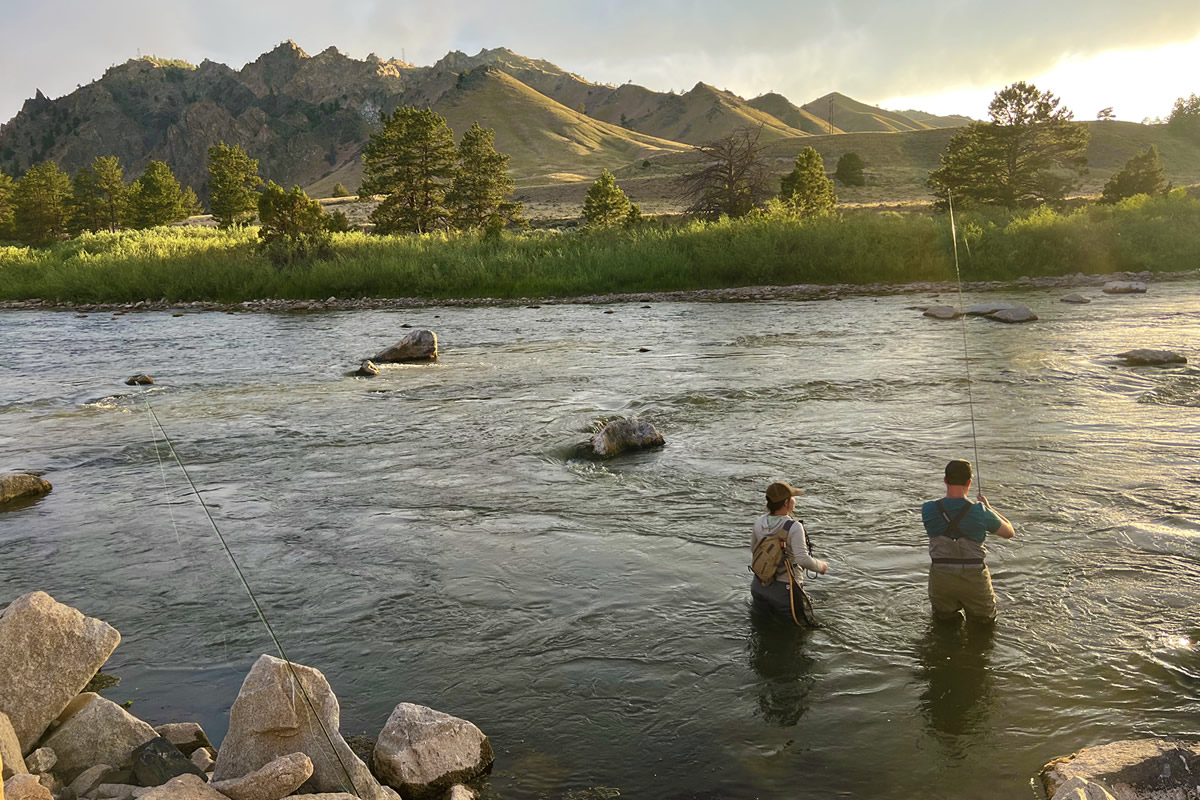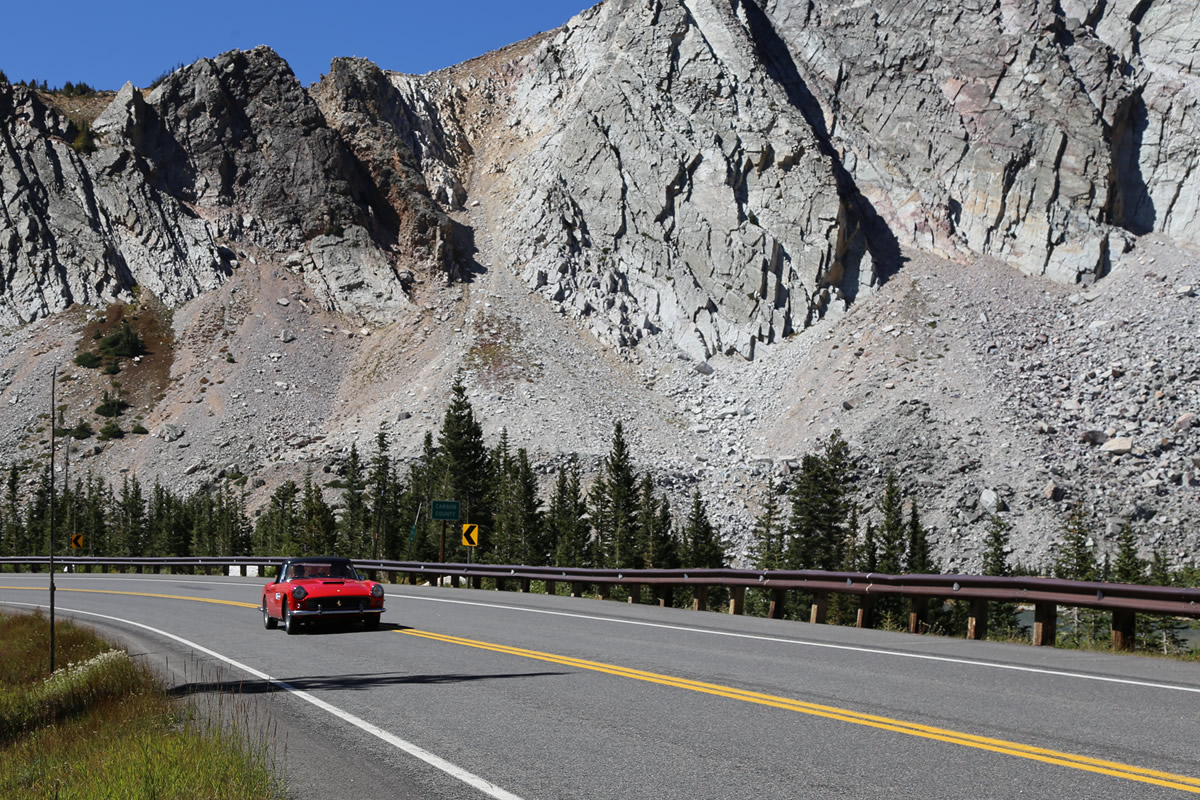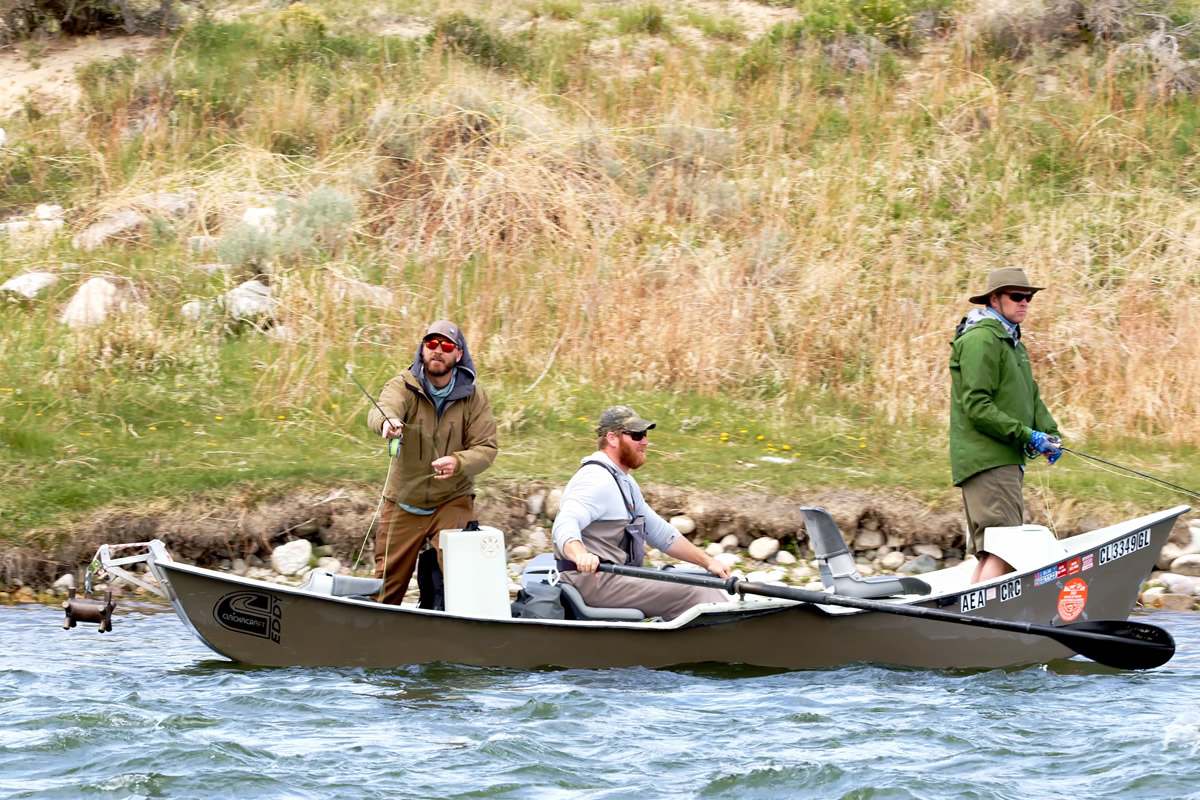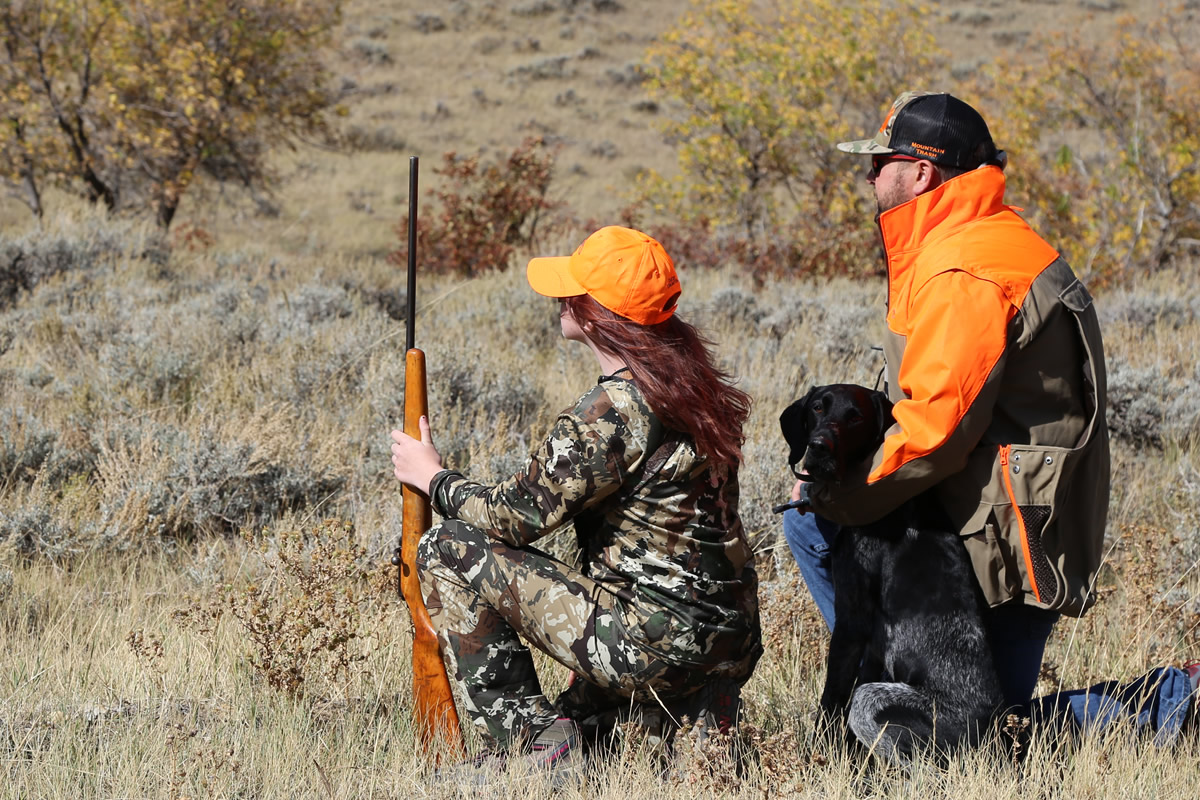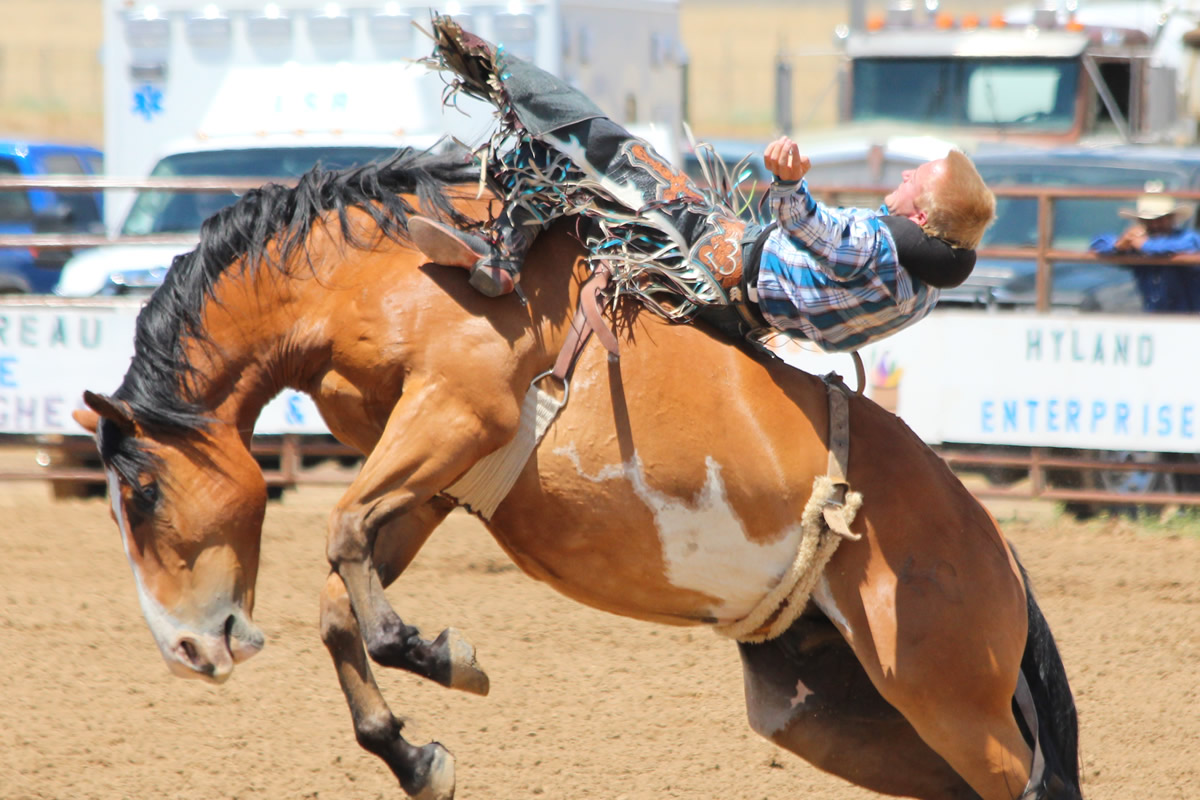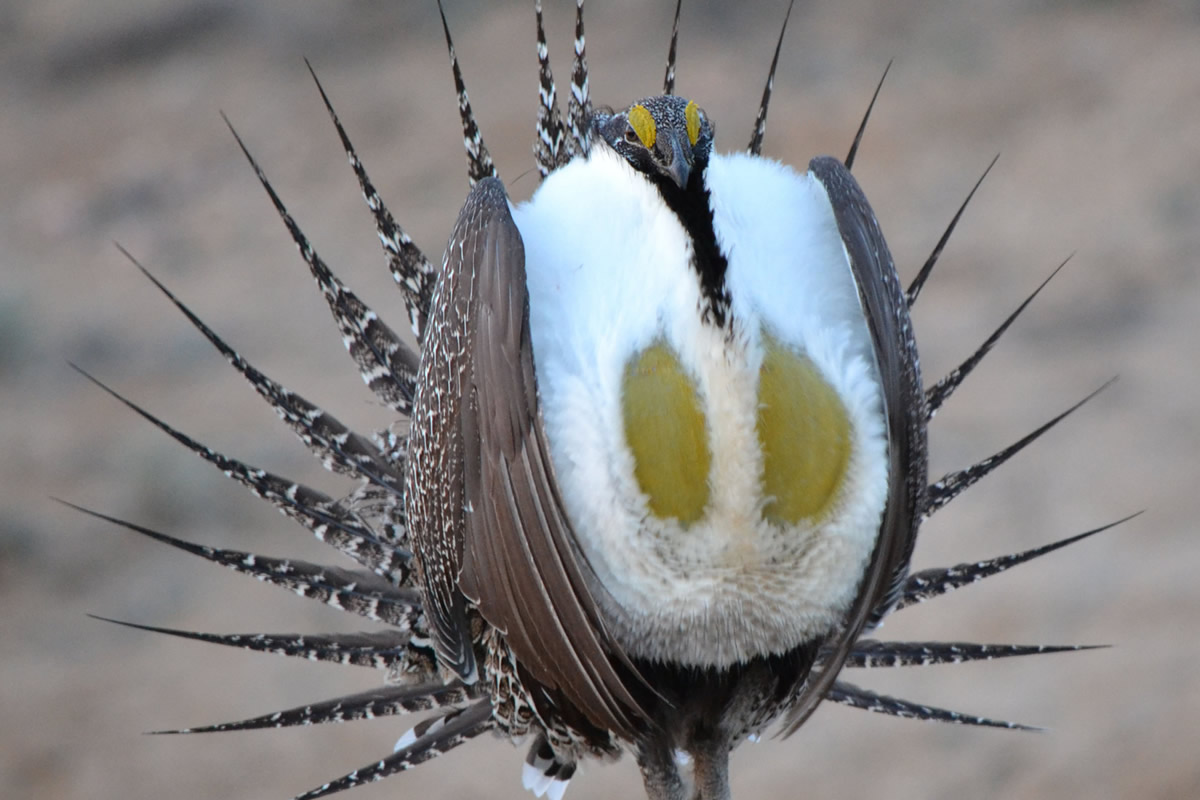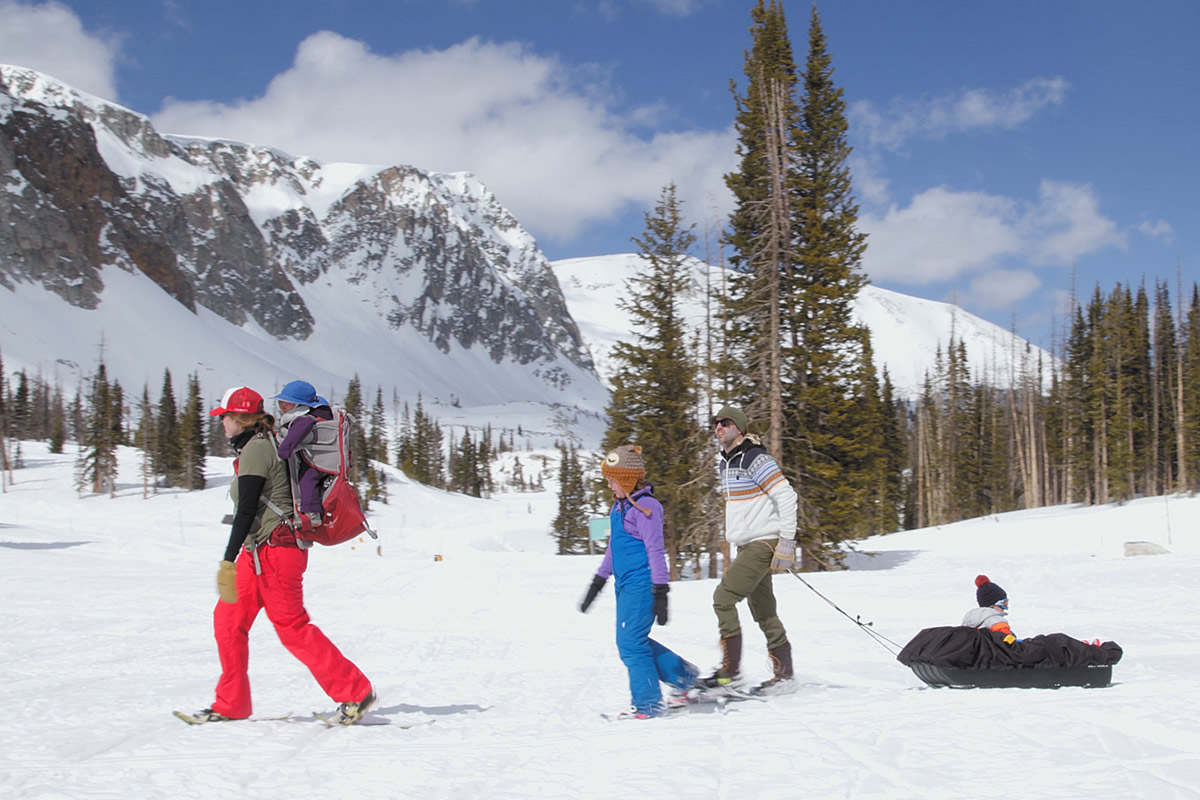If bird-watching is your bag, Carbon County boasts a whole bevy of feathered residents.
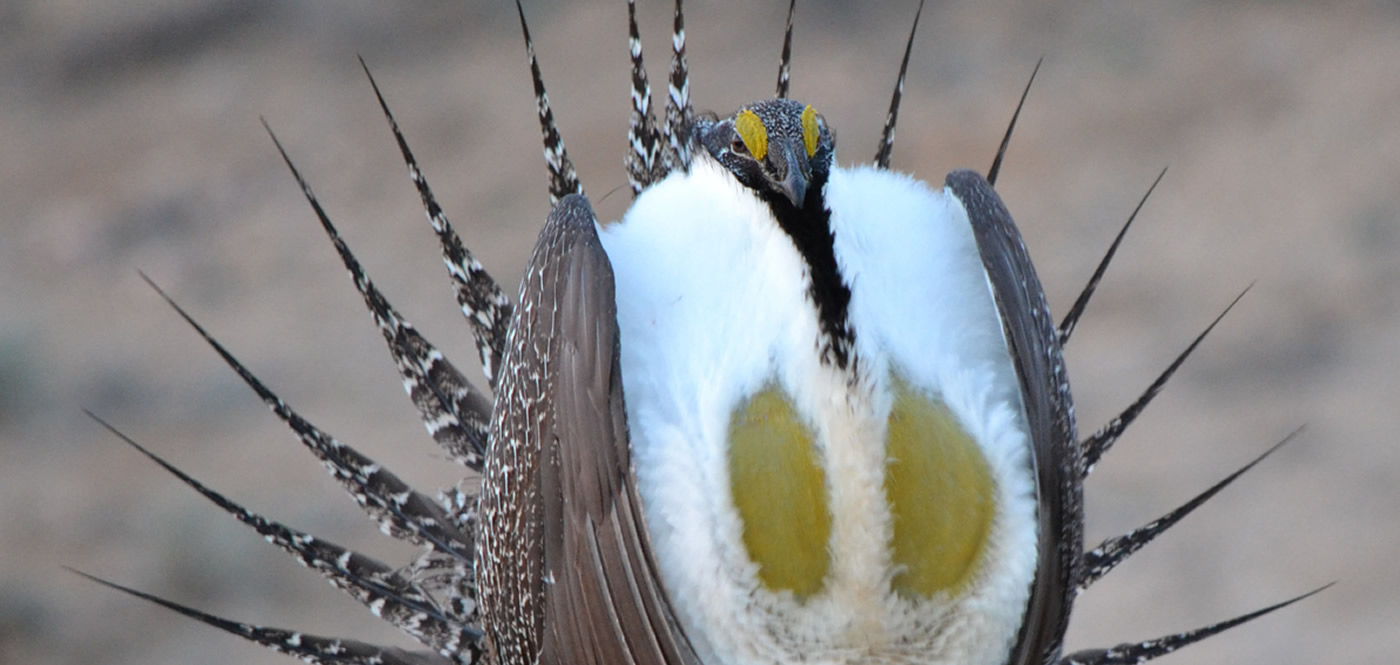
Carbon County’s variety of habitats provide for excellent bird-watching opportunities. Just ask Palma Jack, a volunteer instructor at the Carbon County Higher Education Center. Jack, who taught introduction to bird watching, is an enthusiast as well.
“One of my favorite places is Saratoga Lake. It’s such a great bird sanctuary,” Jack said. At Saratoga Lake, one can spot in the marshes shorebirds like avocets, striking black-and-white stilts with red legs, sandpipers, plovers and long-billed dowitchers. Mid to late April, pelicans will roost at the lake in
huge quantities – 70 birds or more.
Throughout Carbon County, Canada geese appear on lakes and ponds in the spring, followed by migrating terns, then nesting shorebirds. Ducks congregate by the hundreds at tiny Odd Fellows Park in Saratoga.
April through June are peak bird watching months, with male bird’s plumage coming into brilliant technicolor life in order to attract a mate.
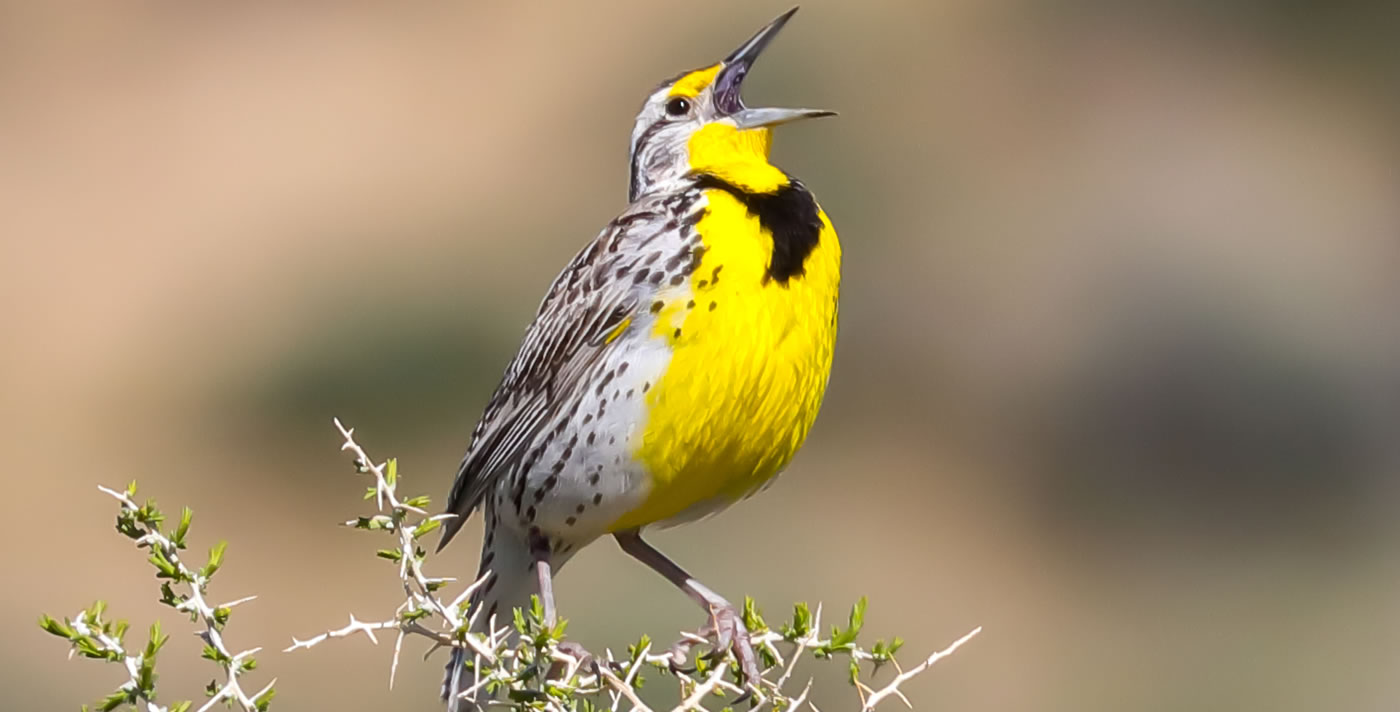
In sagebrush country, an observer may see sage, vesper and Brewer’s sparrows; sage thrashers, sage grouse and green-tailed towhees.
Chukars and pheasants sometimes show themselves in the farmland along the North Platte River.
In the Sierra Madre and Snowy Range mountains, Clark’s nutcrackers or “camp robbers” frequent campgrounds seeking handouts. Hummingbirds flutter around flowers or feeders throughout the county.
Carbon County is home to several different raptors, the scientific name for birds of prey.
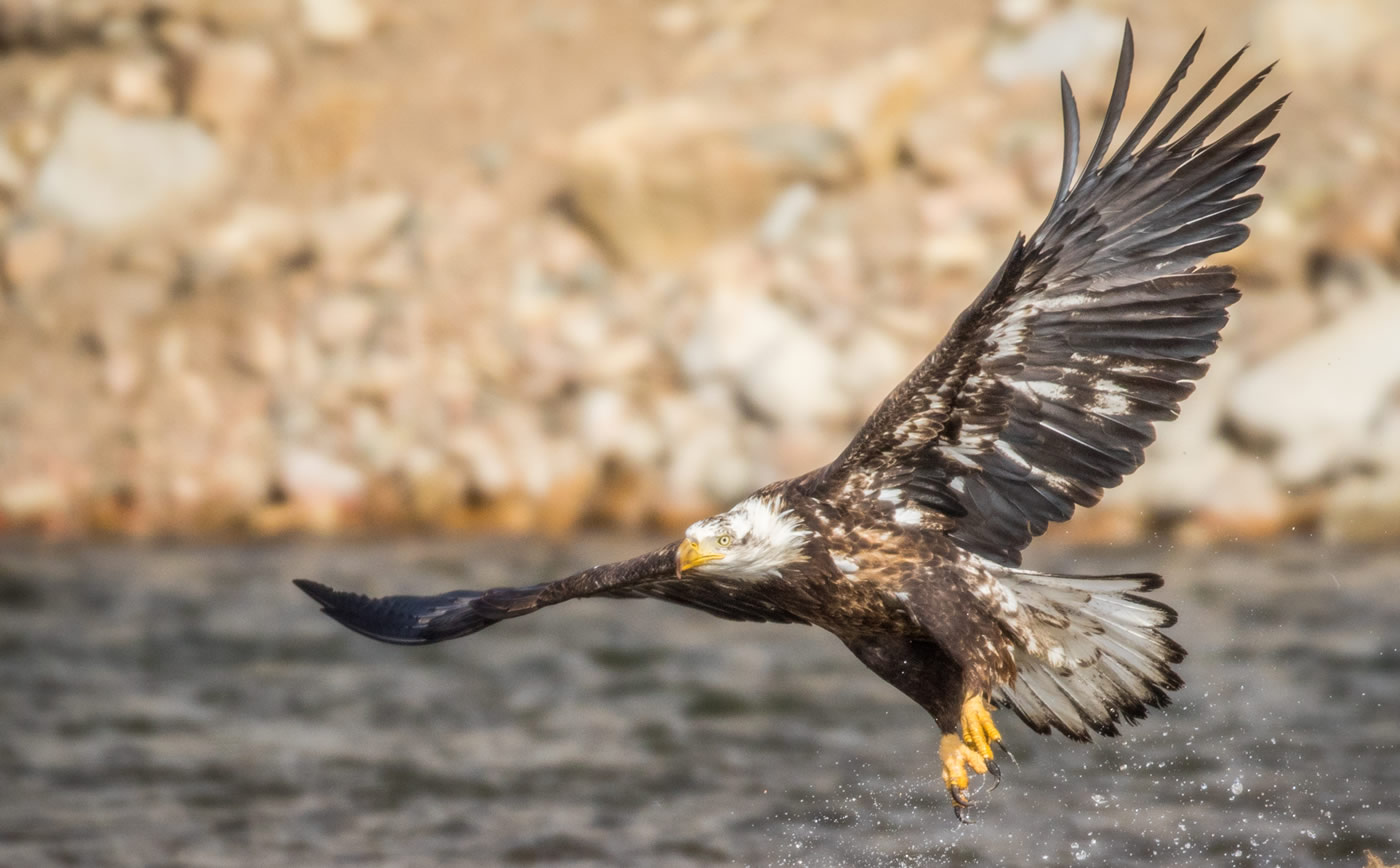
Look along fence posts and on top of power poles for raptors ranging from pretty little kestrels to the large golden eagles. Ferruginous, red-tailed and Swainson’s hawks are also common.
Bald eagles and ospreys, or fish eagles, are often found perched in old cottonwoods along the county’s rivers looking for their next meal.
Two more areas for great bird watching are along Wyoming Highway 789 between Baggs and Meeker, Colorado, and along Wyoming Highway 130 between Saratoga and Encampment.


